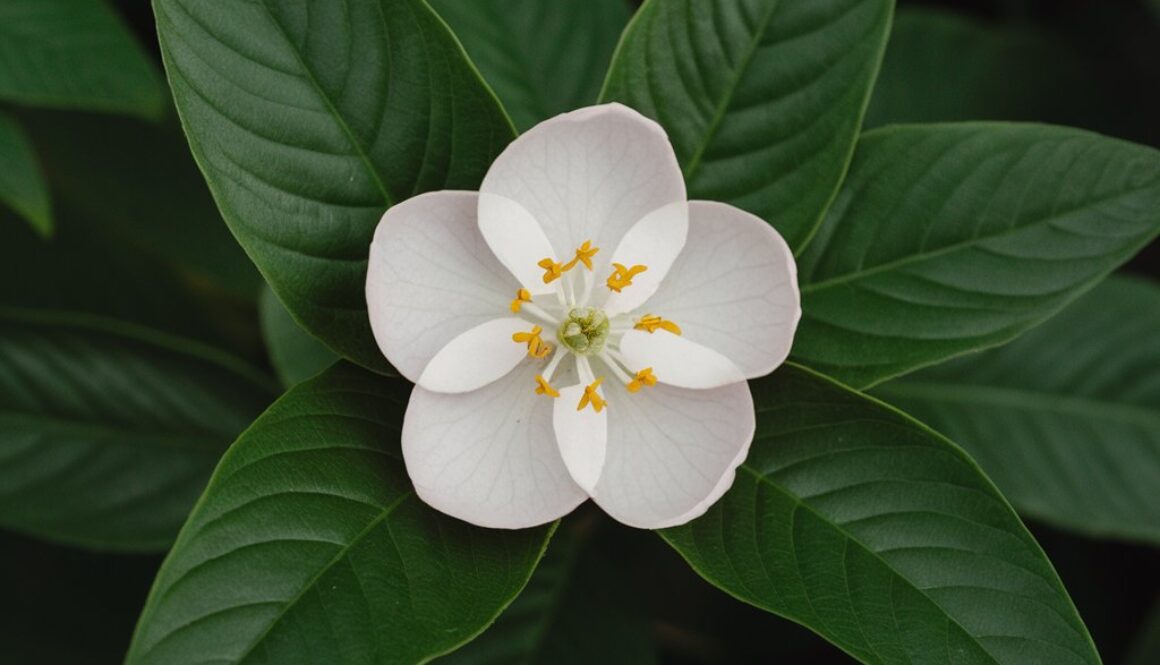Camphor
hello Blog Camphor benefits, Camphor care, Camphor cultivation, Camphor extraction, Camphor growing conditions, Camphor in traditional medicine, Camphor leaves, Camphor medicinal properties, Camphor oil, Camphor plant, Camphor propagation, Camphor soil requirements, Camphor trees, Camphor uses, Camphor wood 0
Camphor, scientifically known as Cinnamomum camphora, is a large evergreen tree native to Southeast Asia. It is well-known for its strong, aromatic scent and has been used for centuries in traditional medicine, religious rituals, and various household applications. The tree produces a white, crystalline substance called camphor, which is extracted from its wood and leaves.
Part Used: The primary parts of the camphor tree used are its wood, bark, and leaves. These parts contain camphor oil, which is distilled to produce the crystalline camphor substance. The extraction process involves steam distillation of the chipped wood, followed by purification to obtain pure camphor.
Usage: Camphor is widely used for its medicinal properties, particularly in topical applications. It is an active ingredient in many ointments, balms, and liniments designed to relieve pain, inflammation, and itching. Inhalation of camphor vapors can help alleviate respiratory issues like congestion and cough. Additionally, camphor is used in aromatherapy for its calming effects and as an insect repellent in mothballs and other household products. In traditional medicine, camphor has been employed to treat various ailments, including rheumatic pain and muscle aches.
Agrotechniques: Cultivating camphor trees requires a warm, humid climate and well-drained, sandy loam soil. The trees can be propagated from seeds or cuttings, with planting best done in the spring. Camphor trees need full sunlight and regular watering, especially during dry spells. They are relatively low-maintenance but benefit from occasional pruning to maintain shape and encourage healthy growth. Harvesting camphor involves cutting and chipping the wood, followed by steam distillation to extract the camphor oil. Sustainable harvesting practices are essential to ensure the longevity of camphor tree populations and to maintain ecological balance.

